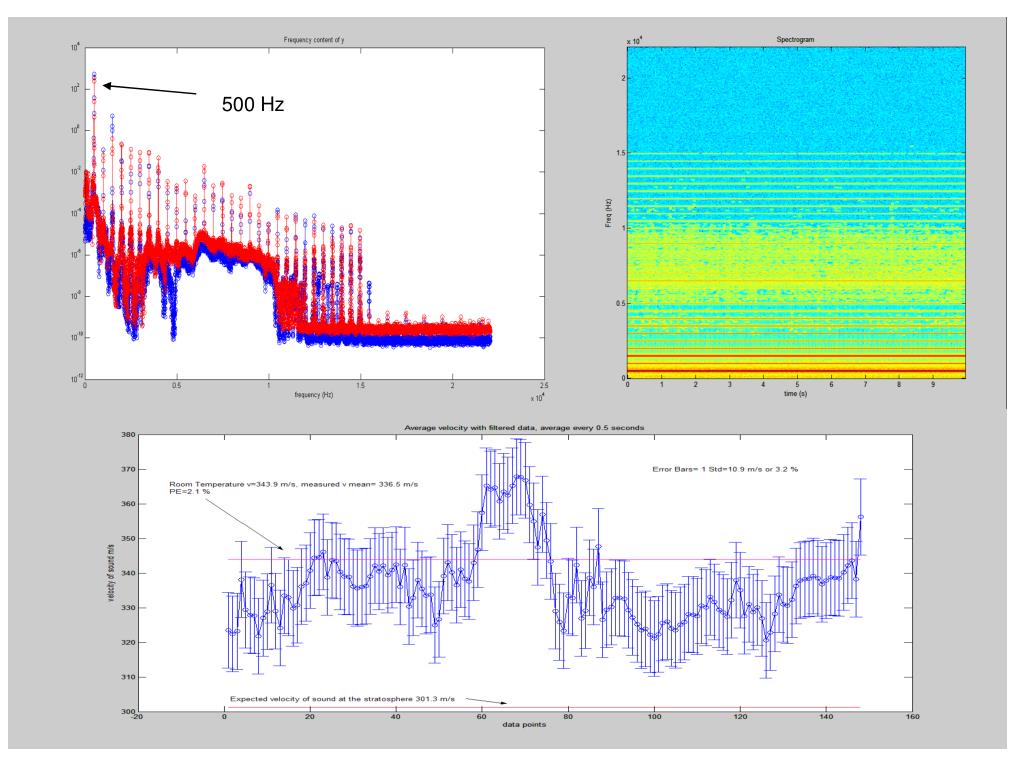
During preparation to take off, the altimeter is set to zero altitude. The flight level is measured by means of a pressure measuring instrument (for example, pressure altimeter, which is essentially a calibrated barometer calibrated in the units of altitude). For example, a pressure altitude at 34,000 feet is referred to as F元40. The flight level is a vertical standard “pressure altitude” also called nominal altitude expressed in hecto-feet (hundreds of feet).The altitude is the vertical distance of an object from mean sea level measured by means of a distance measuring instrument (for example a laser distance finder or a radar altimeter).Though both the altitude and the flight level are measured in the units of length and distance (meters, kilometers, feet, and miles), they are actually different physical values:
#Speed of sound at sea level windows
The main difference between the US Standard Atmosphere (USSA) and ISA is mainly in the assumed temperature distribution at higher altitudes, which are not covered in this converter.Ī modern drum-type installed in the Fokker 100 cockpit altimeter with two small Kollsman windows showing pressure in hectopascals and inches of mercury The model divides the atmosphere into seven layers to a maximum of 86 km.

Standard Atmosphere model represents the Earth’s atmosphere pressure, temperature, density and viscosity distributions at various altitudes. scientific, governmental, military and engineering organizations. The equations used are adopted by the United States Committee on Extension to the Standard Atmosphere (COESA), which represented 29 U.S. The model is based on existing international standards and is largely consistent in methodology with the International Standard Atmosphere (ISA). Standard Atmosphere,1976 is an idealized, steady-state representation of the earth’s atmosphere from the surface to 1000 km”.

Another widely used model is the 1976 U.S. Standards organizations in various countries publish their own atmospheric models based on ISA.
#Speed of sound at sea level iso
It is published by the International Organization for Standardization (ISO) as an international standard ISO 2533:1975. The International Standard Atmosphere is one such model. Their use is necessary for aircraft development, for studying their performance, for comparing the performance of different aircraft and for many other aeronautic and aviation science applications.Ī concept of the standard atmosphere was developed to standardize calibration of pressure in altimeters, for studying the performance of aircraft engines where knowledge of air density, pressure and temperature at mean sea level (MSL) and their distribution as a function of altitude is essential. These models are known as “standard atmospheres”. The Earth’s atmosphere is constantly changing, therefore, hypothetical models were developed as an approximation of what may be expected assuming the air does not contain dust or moisture and there is no winds or turbulence. Definitions, Constants, and Formulas Used in Calculations


 0 kommentar(er)
0 kommentar(er)
